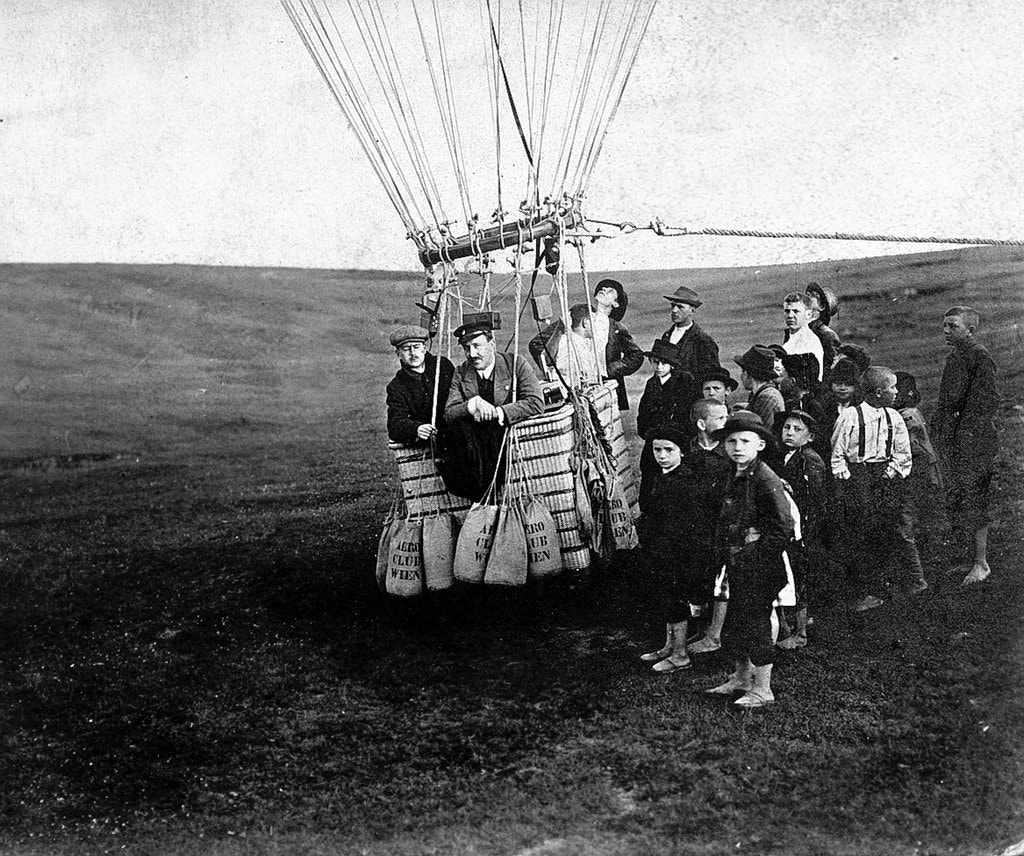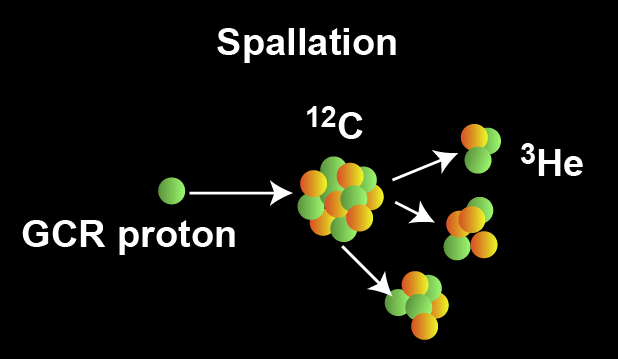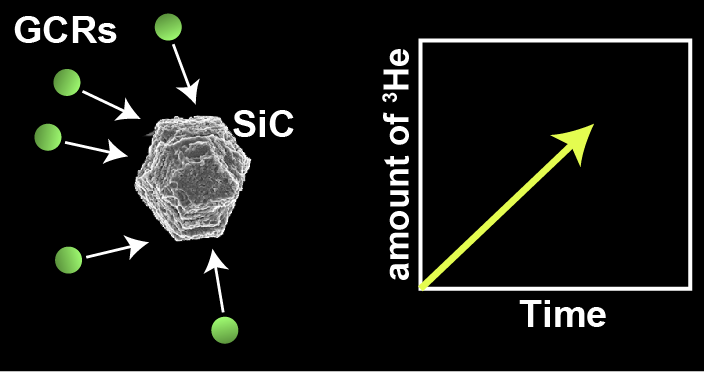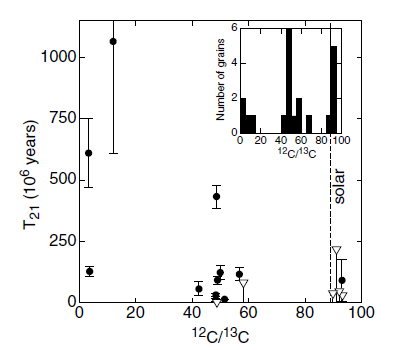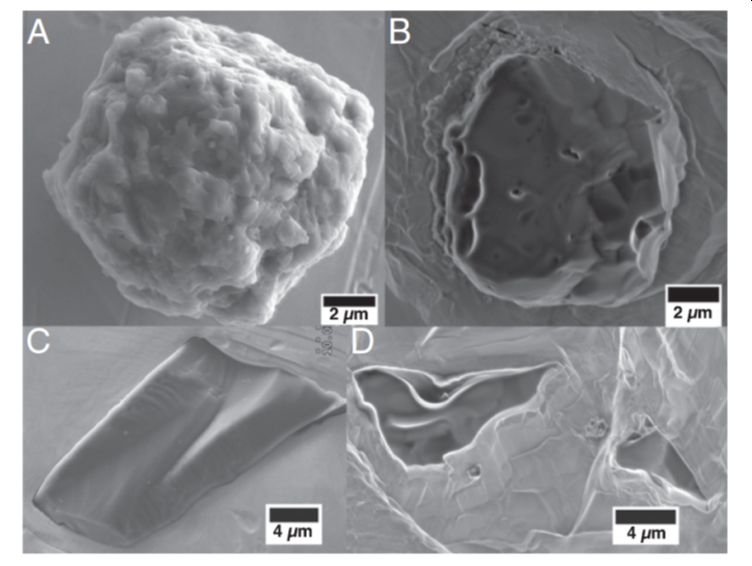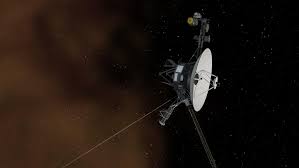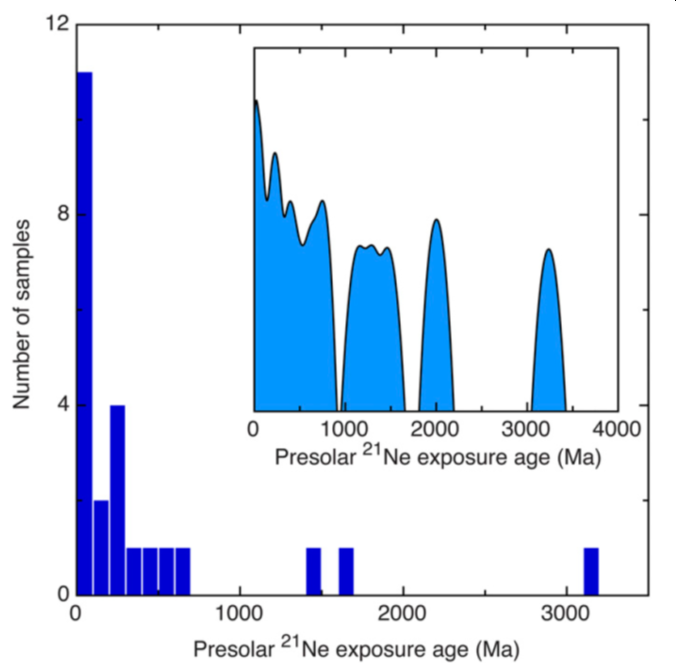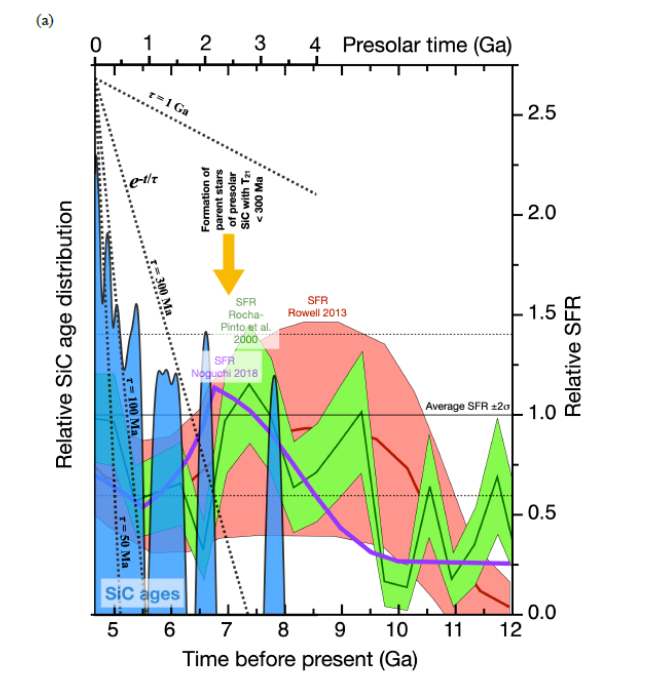I want to discuss a recent interesting #PresolarGrains paper that got a fair amount of attention, by Philipp Heck and colleagues, on age-dating presolar SiC grains https://www.bbc.com/news/science-environment-51099609">https://www.bbc.com/news/scie...
We know presolar grains are older than the Sun, but how much older? Answering this question could allow us to probe a variety of scientific questions regarding the evolution of the Galaxy and the dust that resides in it. Turns out it is a very difficult question to answer however
Usual radioactive age-dating methods (for example looking at uranium decay to lead) is not (yet?) feasible as so far none of the grains seem to have enough U atoms in them to do it. So instead, folks have turned to "Galactic cosmic-ray exposure ages. "
Cosmic rays are high energy particles, mostly protons, whizzing through space. Discovered by Hess in 1912 (in balloon), early particle physics depended a lot on them as they reach higher energy than could be achieved in lab.
When a cosmic ray hits a dust particle in space, it may collide with an atomic nucleus and break it apart, a process called “spallation.” Soon after #PresolarGrains were discovered it was realized that looking at spallation products might provide age estimates.
Basic idea for SiC is that if a cosmic ray (GCR) hits C nucleus, it may produce 3He and if it hits Si, it may make 21Ne. Both are very rare noble gas isotopes that were unlikely to be originally present in grain…
By measuring the 3He, 21Ne in the grain and throwing in a lot of physics, one can determine how long the grain was exposed to GCRs, hence “GCR exposure age”
People have attempted to measure exposure ages in presolar SiC for >20 years, using He, Li, Ne, and Xe isotopes. Each study found new problems, but by ~2009 technology allowed He and Ne measurements on single large grains (Heck et al, 2009)
But method depends on lots of assumptions (amount of cosmic rays in interstellar space >5.6 Gyr ago) and detailed physics calculations (how much He, Ne made by spallation, how much escapes from grains. New Heck paper includes both new data and greatly improved age calculations.
They report data for 40 SiC grains, atypically large as these are the ones amenable to measurement. Typical presolar grains are <1 micrometer, these are 2-20 microns.
One cool new thing about this paper that it takes into account a recent measurement of cosmic rays outside the influence of the Sun by Voyager2 spacecraft. The sun’s magnetic field affects GCR measurements we make in the inner solar system.
Heck et al. found GCR exposure ages ranging from a few million yrs to ~billion. Most interesting to me is they found ages cluster around 300 million years (that is they formed about 4.9 billion years ago). This is not expected; models predicted more of them could be much older.
Heck et al interpret cluster of SiC #PresolarGrain exposure ages around 300 Myr as arising from a “burst” of star formation in the local Milky Way Galaxy around 7 billion yrs ago. Some of the stars that formed then died as AGB stars and made SiC grains billion yrs later.
I find it amazingly cool that we can use these microscopic bits of space dirt to infer things happening at Galactic scales long before the Sun even existed!
#PresolarGrains
#PresolarGrains

 Read on Twitter
Read on Twitter
